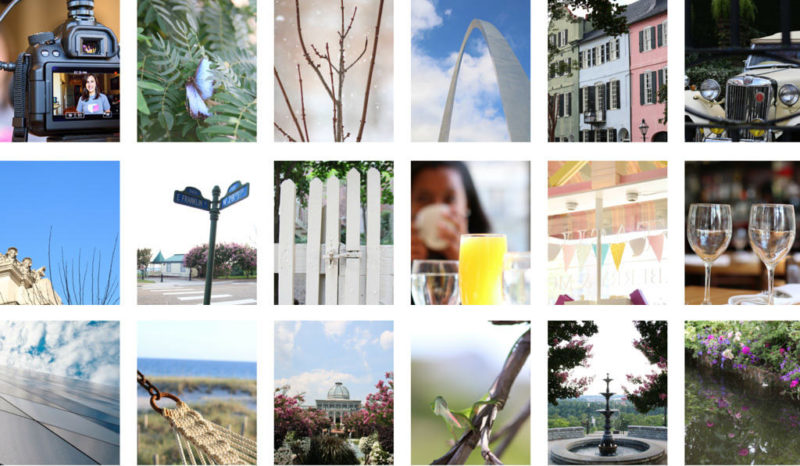The Impact of Visual Asset Management
Organizations of every size and industry are facing a huge challenge: keeping up with their community’s demand for content. To add pressure to this problem, only a fraction of organizations have a system to help them manage their messy archive of visual assets.
According to the findings of a 2015 study conducted by the CMO Council and PhotoShelter for Brands (formerly Libris), senior marketers say they are committed to producing massive amounts of visual content, but managing that content effectively is not a priority.
Do you see the major disconnect here? This dissonance presents a major problem. Teams that aren’t preparing for what PhotoShelter’s CEO Andrew Fingerman calls the ‘visual content apocalypse’ run the risk of duplicating costs, lost assets, copyright infringement and widespread frustration.
If dodging these pitfalls isn’t enough to convince your team to invest in digital asset management, the productivity lift and increased collaboration that other organizations are seeing should.
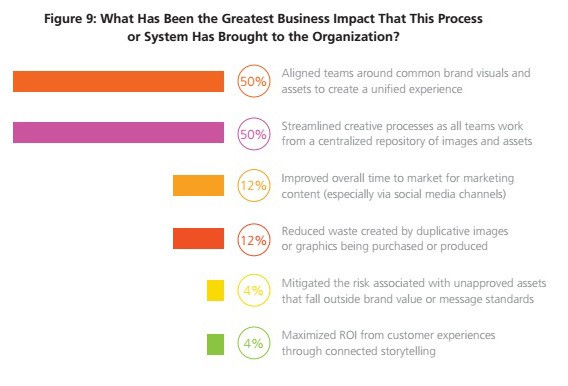
Teams using visual asset management benefit from easy access to a library of brand visuals. They see streamlined creative processes and an improved, more unified brand experience for customers.
Want to learn how a brand like yours utilizes PhotoShelter’s DAM to improve its visual asset workflows?

Check out the following 10 case studies to understand how we upgrade and enable teams to store, organize, and share their brand communications faster and easier.
A Unified Brand Experience
A majority of marketing executives that use visual asset management to power their strategies and tactics say the greatest impact to their business has been how the DAM system ‘aligned teams around common brand visuals and assets to create a unified experience.’
In this visual-and digital age, your organization’s visual storytelling assets represent your brand ethos, so, having an organized photo and video library will not only enable your team to collaborate with ease, but it will give them access to a unified library of approved assets to keep your visual branding and aesthetic consistent across platforms.
Visit Greenland: Improved Branding

Visit Greenland provides free, high quality photos to partners (like tour operators in Greenland and abroad) to ensure a fresh, diverse representation of the country abroad. But when the organization used a combination of Flickr and Dropbox to share photos, partners found the system too tedious to use. The team decided to move over to a cloud-based digital asset management system where they could store all of their high resolution photos in an easily-searchable archive.
The Outcome: Streamlined Workflow and Controlled Messaging. Since moving to PhotoShelter for Brands, Visit Greenland has seen an increased userbase of stakeholders adopting the new system. Now, partners are accessing the photos and sharing them, fueling a better representation of Greenland around the world!
Global Heritage Fund: Website Overhaul
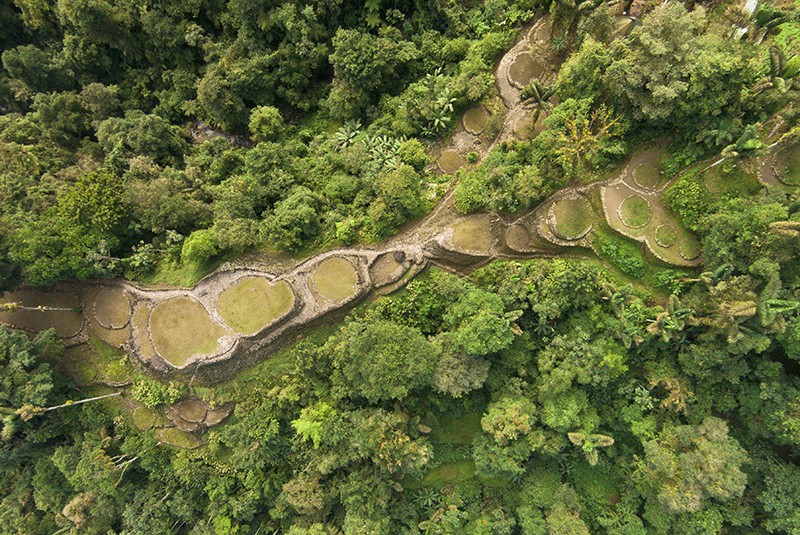
The nonprofit Global Heritage Fund relies on donations to restore heritage sites around the world, but they were working with a website that was filled with text and difficult to navigate. It failed to show donors their real impact. So the team overhauled the website to put images in the spotlight using their image library on PhotoShelter for Brands.
The Outcome: Centralization and Engagement. The Global Heritage Fund’s website visitation has increased two-fold—from 4,000 to 5,000 visits per month to around 8,000 to 10,000 visits per month. Using a visual communications system helps the global nonprofit engage new site visitors and shows their donors their impact upfront.
LEGOLAND Florida: Lightning Fast Public Relations

When LEGOLAND Florida held a Grand Opening for its new hotel, three photographers worked together to capture the ten minute event. As soon as it was over, they uploaded all their photos into a PhotoShelter for Brands gallery. The lead photographer and collection manager, Chip Litherland, narrowed it down to a group of 80 selects, which he shared with LEGOLAND’s public relations team. The PR team chose 10 photos to share with the press, and sent out a download link within minutes.
The Outcome: Speed and Controlled Messaging. LEGOLAND managed to beat the news outlets who covered the event, and had the advantage of controlling their own message.
PhotoShelter: Efficient Review and Delivery
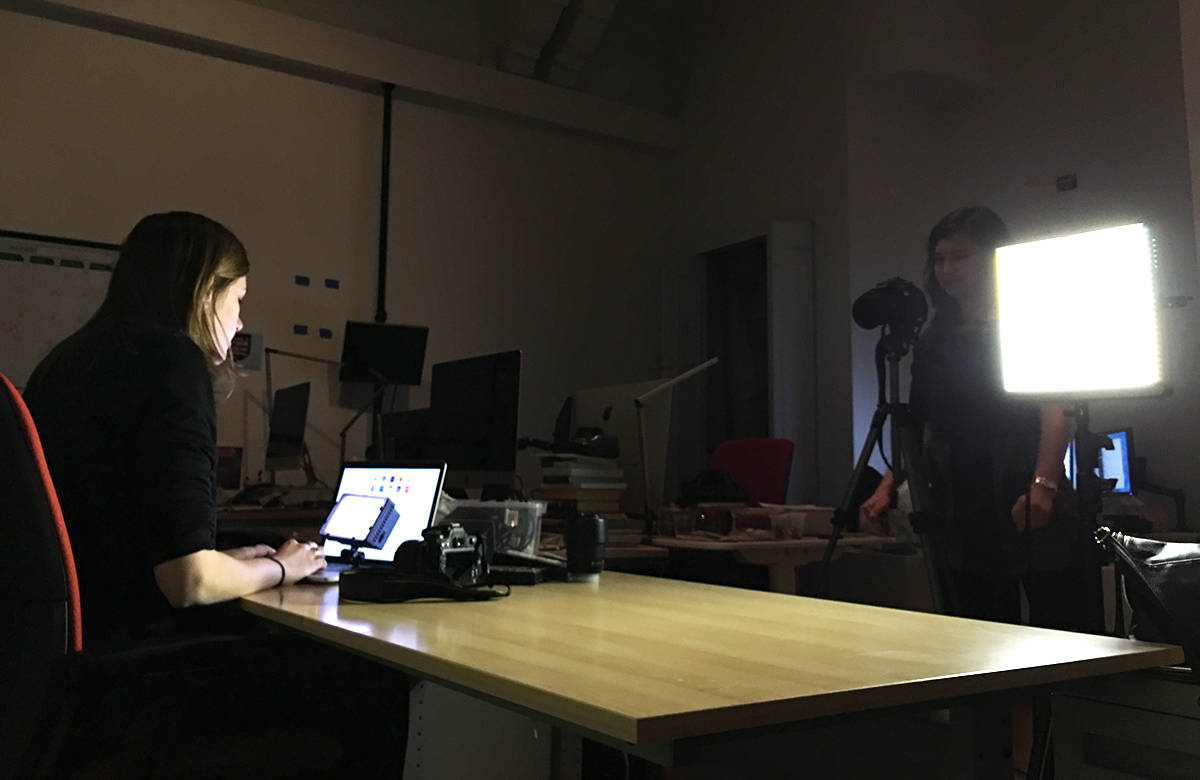
When the team here at PhotoShelter produced our own video ad for social media in-house, we shared the first version with the review team on PhotoShelter for Brands. Then, when we had an approved final version, we granted high resolution download access to the person who needed to publish the ad.
The Outcome: Collaboration and Efficiency. Visual asset management allowed fast and easy review and file delivery for our team, which isn’t always easy when you’re working with large, high resolution video files.
A Centralized Repository
Fifty percent of senior marketers say the greatest business impact of having a digital asset management system has been how it ‘streamlined creative processes as all teams work from a centralized repository of images and assets.’
A cloud-based digital asset management system gives teams access to an organization’s visual assets anytime, anywhere. A centralized system helps teams take advantage of an organization’s visual assets, whether they need to access them now or 10 years from now. These case studies demonstrate how a centralized repository can revolutionize your organization’s creative processes.
Adventure Travel Trade Association: Post-Event Engagement
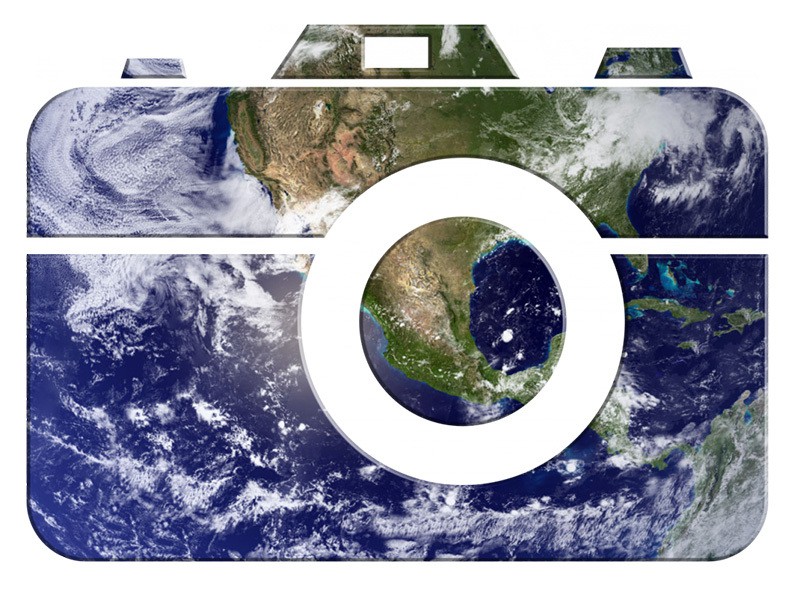
The Adventure Travel Trade Association (ATTA) hosts an annual Summit that brings together adventure tourism professionals from around the globe. The photographers who captured the event uploaded all their photos to a PhotoShelter for Brands collection, and the ATTA team sent out the link to the 700 delegates who participated in the Summit.
The Outcome: Distribution and Engagement. The collection quickly had more than 12,000 views as delegates found the photos and shared them with their friends. By sharing photos of the Summit with everyone who participated, ATTA engaged their audience and encouraged them to share the message with their networks.
Chick-Fil-A: Breaking Down Silos
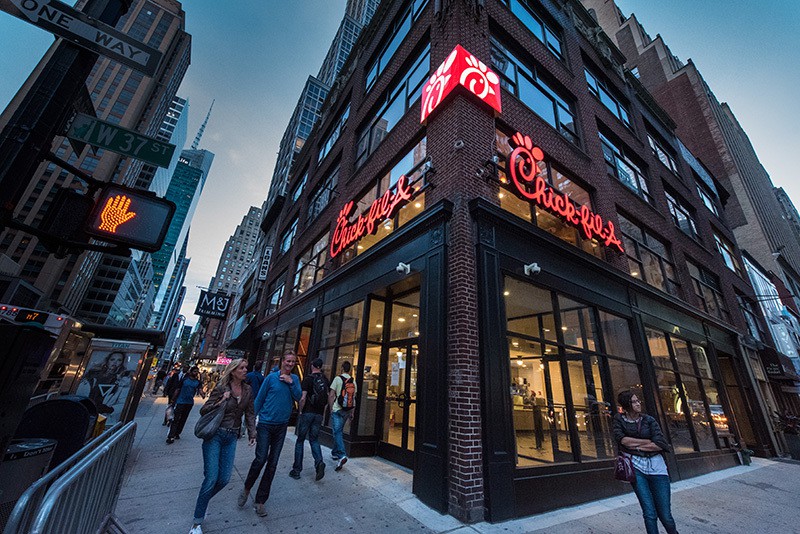
When the first Chick-Fil-A location opened in New York City, everyone wanted to see the photos. Photographer and visual asset manager Stanley Leary uploaded the photos to PhotoShelter for Brands to make the photos available to Chick-Fil-A’s 2,000 franchises (which have 70,000 team members).
The Outcome: Centralization and Distribution. By using digital asset management to organize imagesshare images internally, Chick-Fil-A was able to break down the silos often found in large organizations.
University of Tennessee: Generating Revenue
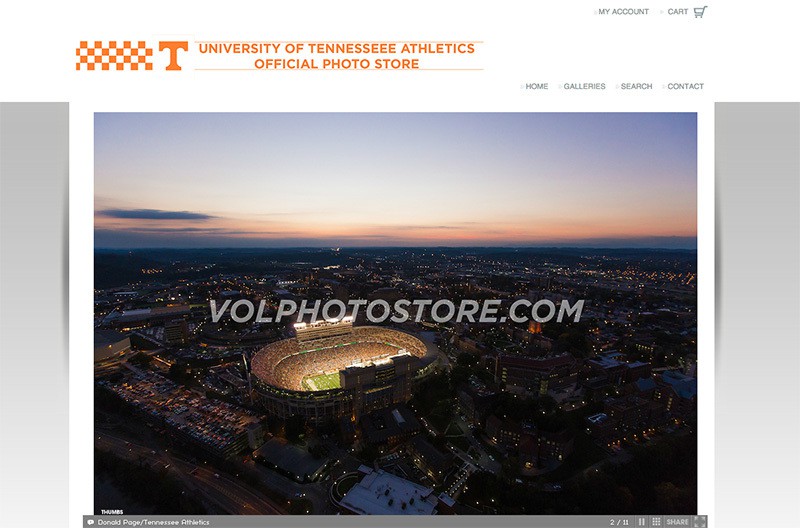
Tennessee Volunteers fans love the university’s Twitter account, @vol_photos, but they wanted more. They wanted to buy the photos and frame them for their fan caves. Enter, the Vol Photo Store, built on an NCAA compliant sales system with PhotoShelter for Brands.
The Outcome: Organization, Compliance and Revenue. Now, fans can buy their favorite game photos and special edition prints while the university generates revenue, offsetting the cost of visual asset management.
Global Alliance for Clean Cookstoves: Repurposing Content

When the nonprofit Global Alliance for Clean Cookstoves had the chance to produce television PSAs in partnership with Shell, they used their archive to pool video footage that demonstrated their impact. It was shot for another project years earlier, but worked perfectly for the Shell spots.
The Outcome: Searchability and Engagement. By taking advantage of archive footage, the Global Alliance for Clean Cookstoves created powerful new content with a formidable partner.
Pittsburgh Post-Gazette: Using a Rich Archive to Engage Fans
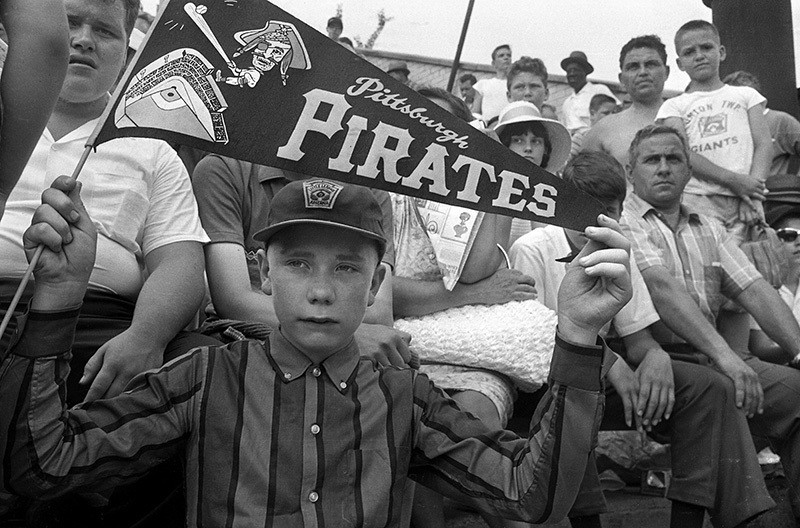
The Pittsburgh Post-Gazette has been covering Pittsburgh news since 1786. The news team regularly takes advantage of its rich photo archive for a feature called ‘The Digs.’ And when a popular Steelers player retired, they used their PhotoShelter for Brands library to quickly pull together a slideshow of highlights from his career to share in news stories and on social media.
The Outcome: Centralization, Easy Access and Engagement. By storing their historical imagery on a digital asset management platform, the Post-Gazette team can pull photos that provide valuable context quickly and easily.
Catholic University: Preserving a Historic Moment

When Pope Francis visited Catholic University, 25,000 people flocked to the campus with their cell phone cameras ready to capture the once-in-a-lifetime moment. To avoid cell phone cameras in their photos and to share a unique perspective, the university’s communications team took a different approach. Four photographers captured the day from every angle with a uniquely ‘Catholic U’ perspective. Afterward, they uploaded all of their photos to their PhotoShelter for Brands account to share with anyone in the university community who wanted to relive the glorious day.
The Outcome: Archiving and Engagement. Now, for generations to come, all of the images from this historic day will be easily accessible to Catholic U staff members, students, alumni, and community members. They will be preserved for the next time a Pope comes to visit, and as photographer Ed Pfueller said, they will be used for the next 100 years.
Can’t stop? Don’t stop! Learn more about how we help brands optimize their marketing strategy operations!
